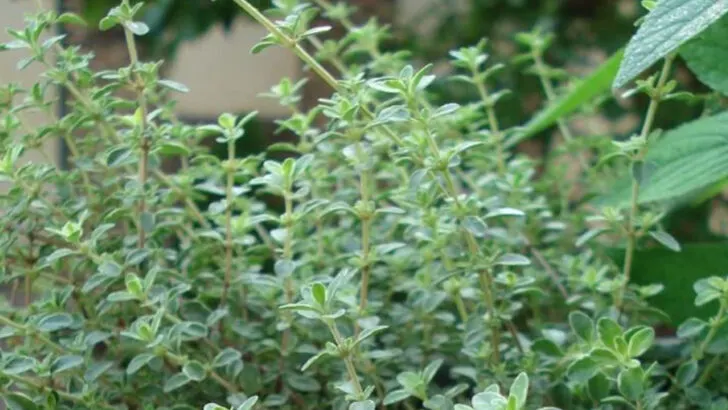Not every herb needs pampering to thrive. In fact, some of the most flavorful, fragrant herbs are the ones that prefer to be left alone. At Plantisima, we know that not every gardener has time to fuss over every plant—especially in the heat of summer. That’s why low-maintenance herbs are an absolute backyard essential.
In this article, we’re highlighting 15 hardy herbs that practically grow themselves, even if you forget to water or prune them for days. From the boldness of oregano and thyme to the versatility of sage and chives, these herbs not only survive tough conditions—they taste incredible doing it. Many of them also deter pests, attract pollinators, and keep your garden looking lush with minimal effort.
For our Plantisima readers who want a productive garden without the stress, this is your shortcut to flavor. Whether you’re seasoning a weeknight meal or impressing guests with a sprig of something fresh, these herbs are proof that great taste doesn’t have to be high-maintenance.
Rosemary
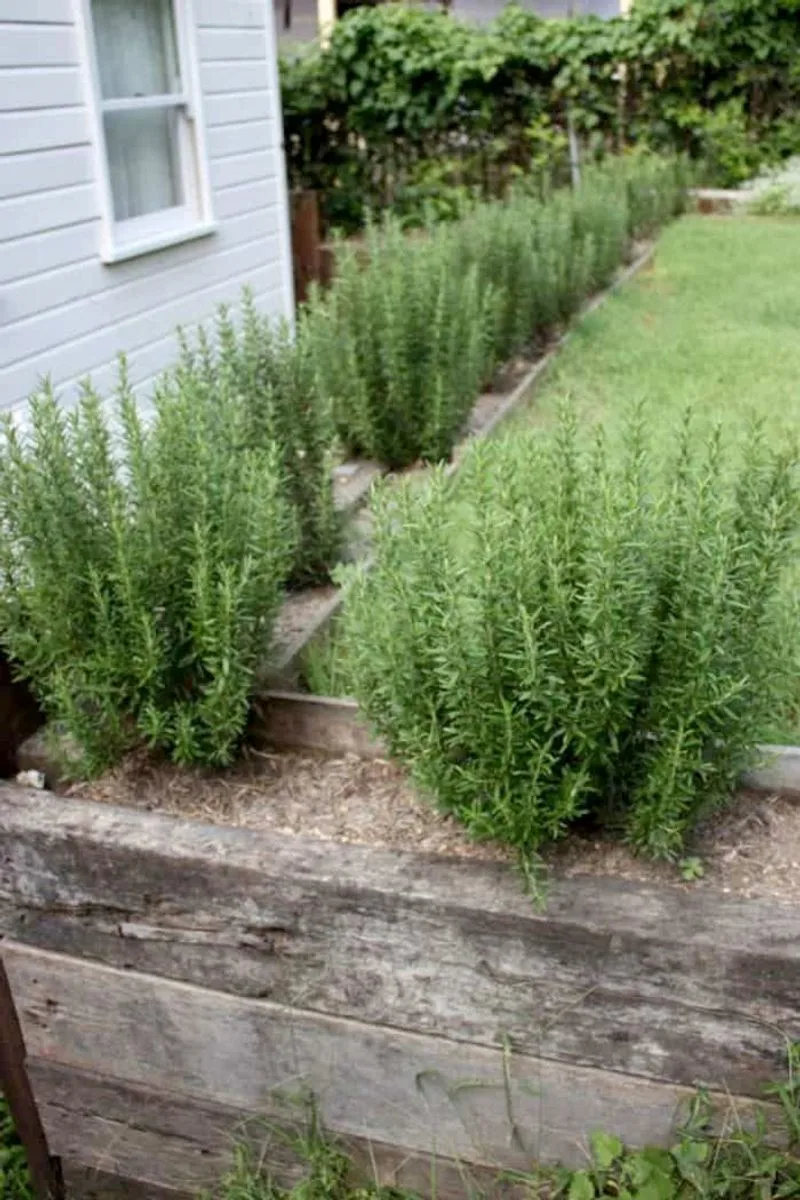
Known for its robust aroma, rosemary thrives where others falter. This Mediterranean native doesn’t demand frequent watering, making it perfect for busy gardeners. Its woody stems and needle-like leaves are packed with flavor, elevating roasted meats and potatoes to new heights. Place it in a sunny spot and let nature do the rest.
Did you know? Rosemary symbolizes remembrance and has been used in traditional medicine since ancient Greece. Its resilience and aromatic presence make it an herb worth having in every backyard garden.
Thyme
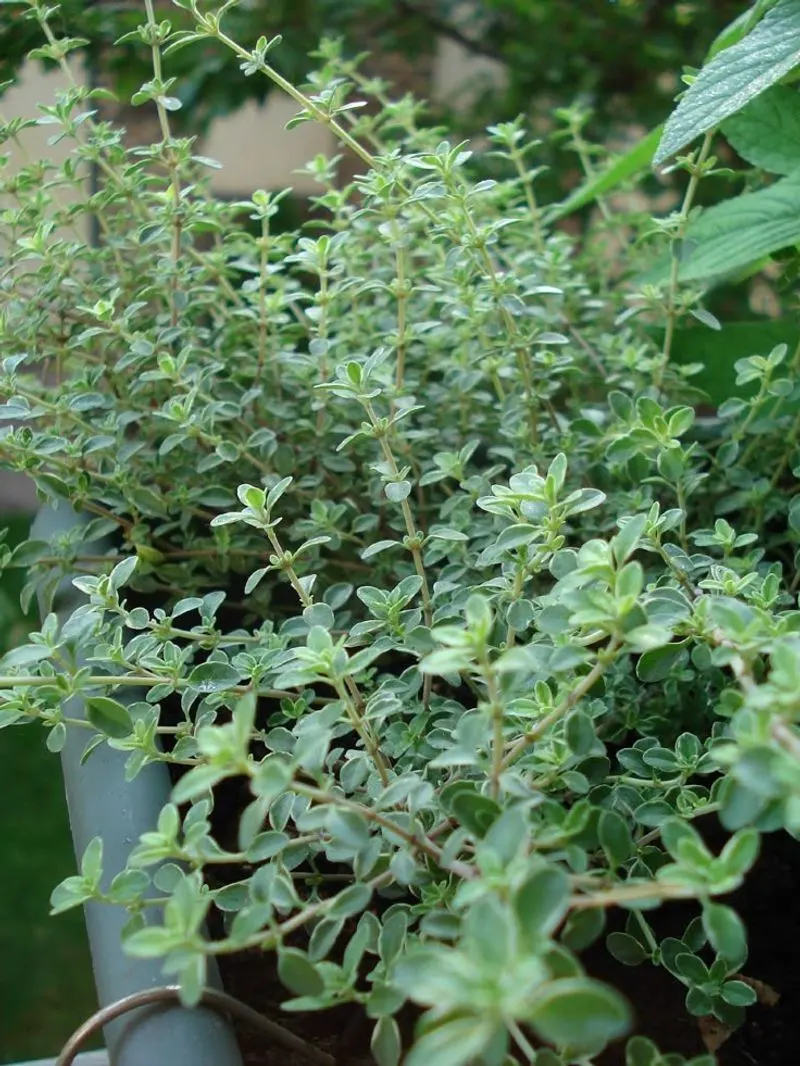
Thyme might be small, but its impact in the kitchen is anything but. This perennial favorite loves dry, rocky soils and basks in the sun’s glory. Minimal watering and care suit it just fine. Whether sprinkled over a pizza or infused in a savory stew, its earthy flavor shines through.
Historically, thyme was used as a symbol of courage by ancient Romans. It’s a testament to its hardy nature and the zest it brings to any dish. It’s an herb that thrives on neglect yet serves up bold taste.
Oregano
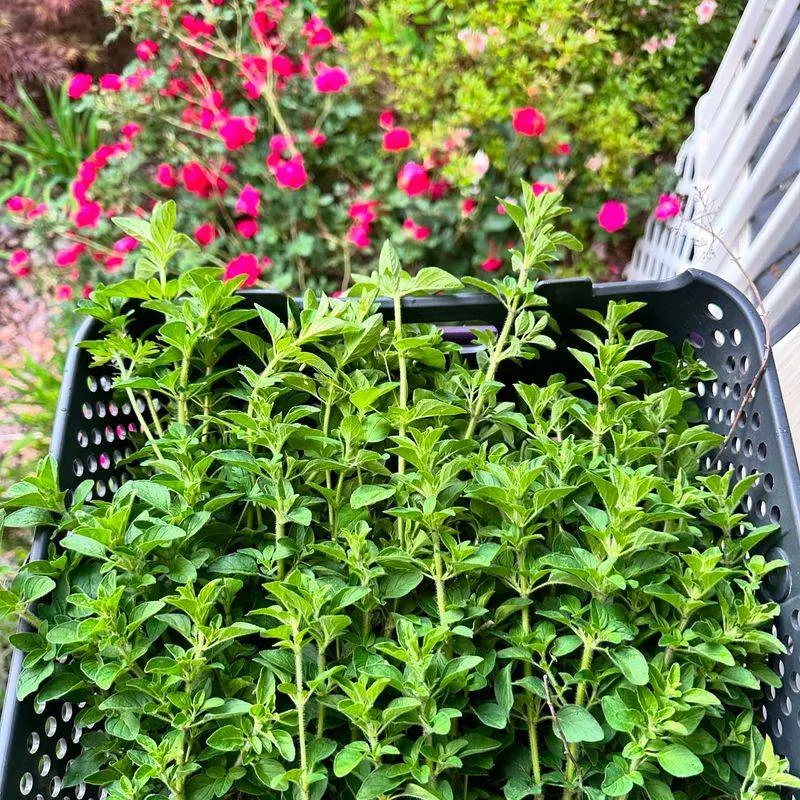
Oregano holds a special place in Italian and Greek cuisines, adding depth to sauces and grilled meats. This hardy herb loves sun and doesn’t mind poor soil, making it an ideal candidate for neglect. Its pungent, peppery leaves are always ready to flavor your dishes.
Beyond the kitchen, oregano has been utilized for its medicinal properties, believed to fight infections. With such versatility, it’s no wonder this herb finds a place in many gardens, requiring little more than sunlight to thrive.
Mint
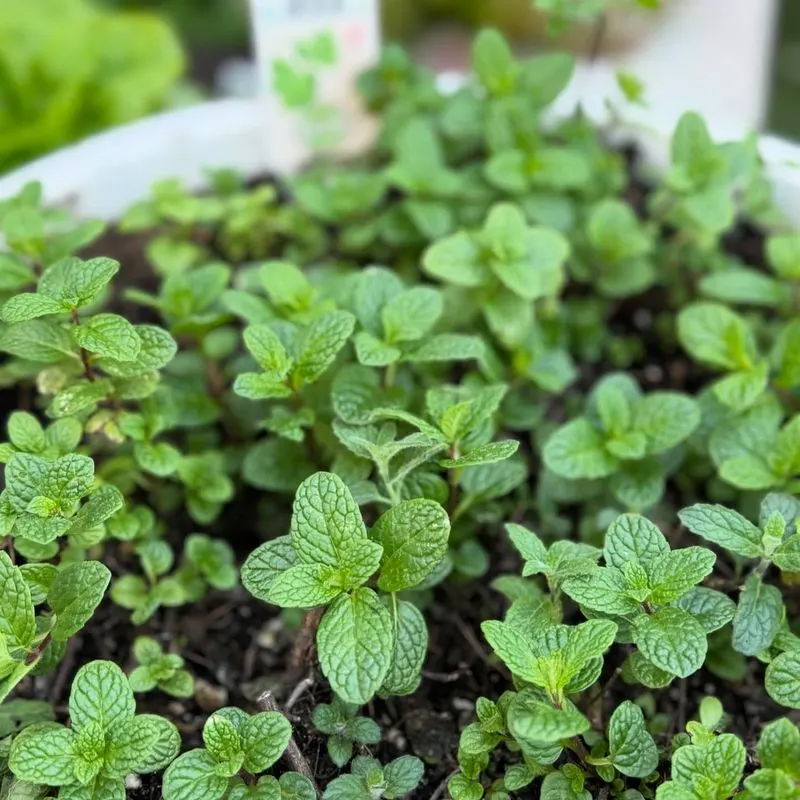
Mint’s refreshing taste is a staple in beverages and desserts, yet it survives against all odds. This herb spreads aggressively, needing minimal attention, and prefers partial shade to flourish. Its cool, aromatic leaves are perfect for teas or garnishing.
A word of caution: Mint can overrun an area if not contained, so consider growing it in pots or designated sections. It’s a delightful presence in any garden, bringing both a burst of flavor and a touch of wildness.
Sage
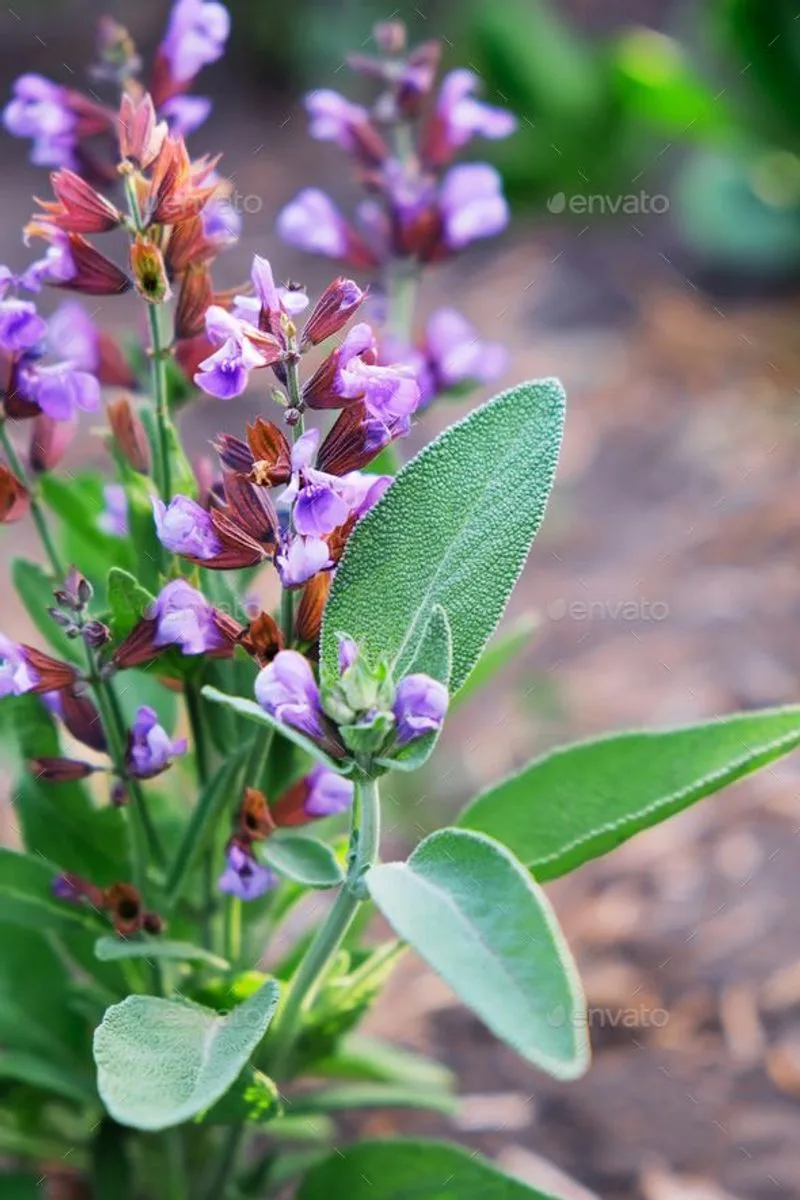
Sage is not just for Thanksgiving stuffing; its strong, savory flavor complements a variety of dishes year-round. This resilient herb thrives in well-drained soil and full sun, requiring little more than occasional watering.
In medieval times, sage was associated with longevity and wisdom, a nod to its enduring nature. Its silvery-green leaves add a touch of elegance to any landscape, inviting both cooks and gardeners to appreciate its hardy spirit.
Lavender
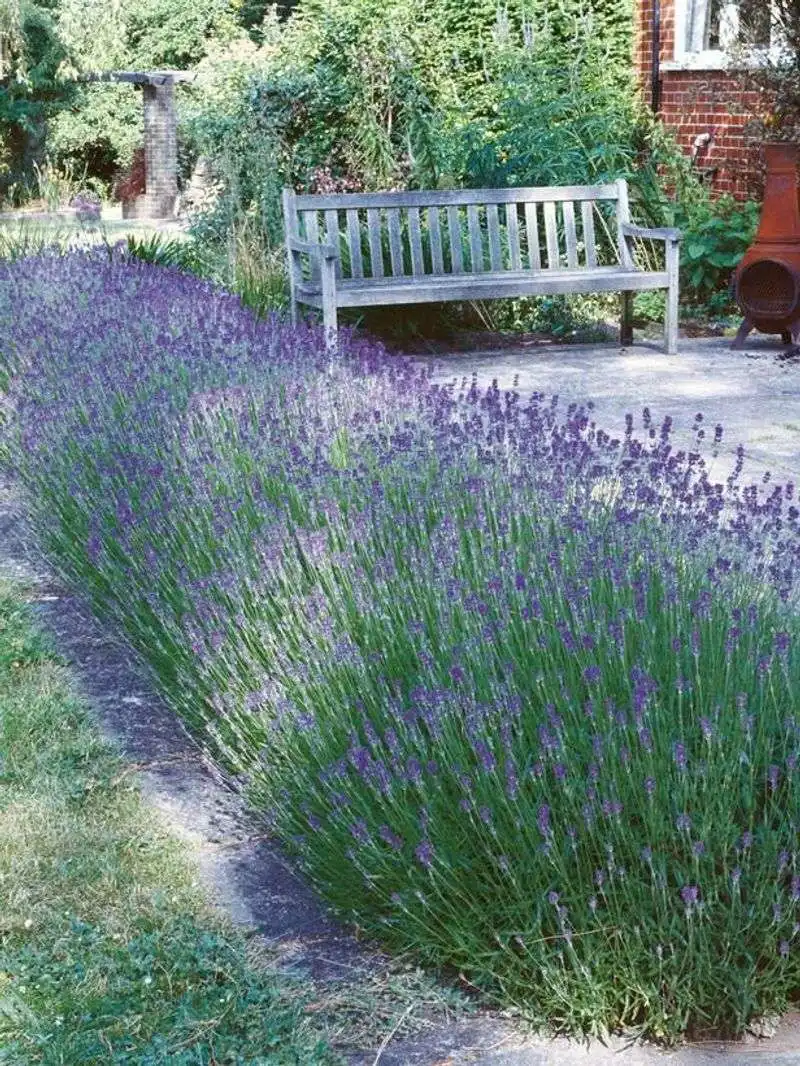
Beyond its calming scent, lavender finds its place in kitchens and gardens alike. This perennial is unfazed by drought, thriving in sunny, dry conditions. Its delicate purple blooms attract bees, enhancing any garden space.
Lavender’s versatility extends beyond fragrance; it’s used in baking and herbal teas, bringing a floral note. It’s a plant of peace and relaxation, flourishing where other herbs may struggle, and providing beauty with minimal effort.
Chives
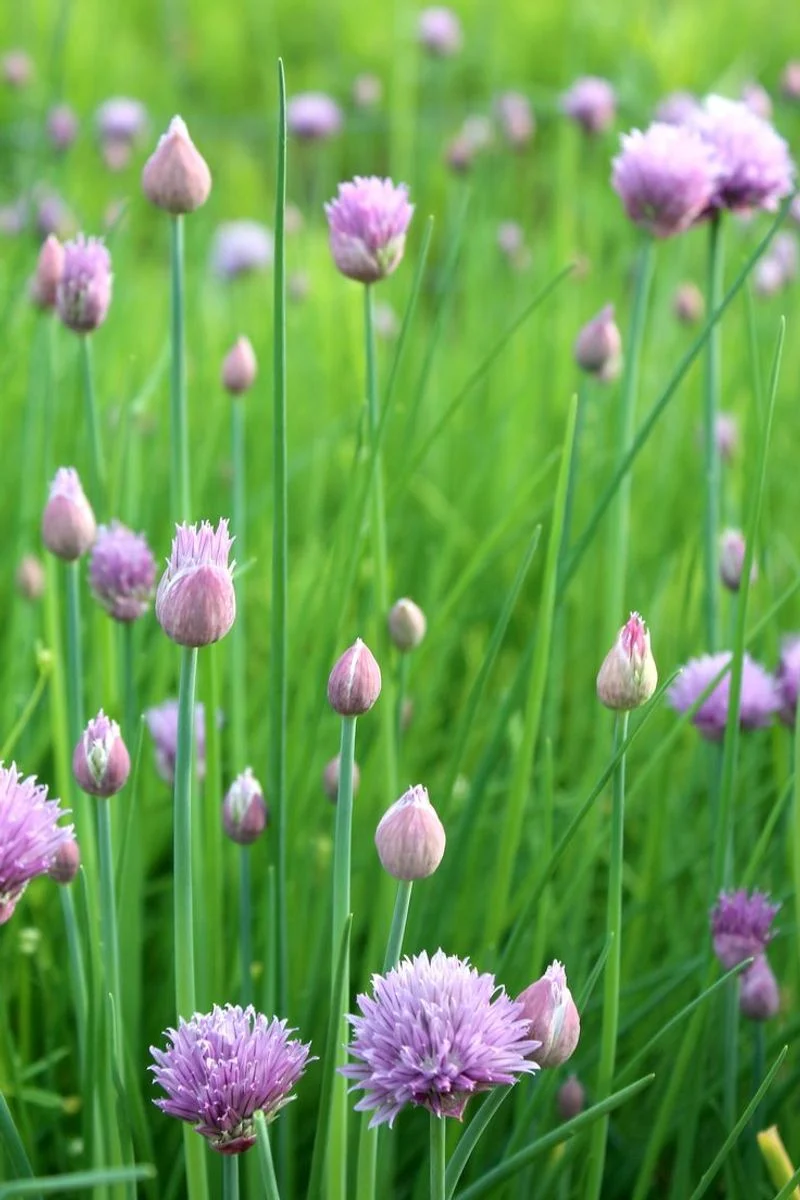
Chives bring a mild onion flavor to dishes without overwhelming them. They thrive in most soil types and love the sun, requiring minimal fuss. Their hollow, green stems are perfect for garnishing or adding to salads and soups.
Considered an essential in any herb garden, chives not only add flavor but also deter pests naturally. Their delicate purple flowers are edible too, offering both culinary and visual appeal.
Parsley
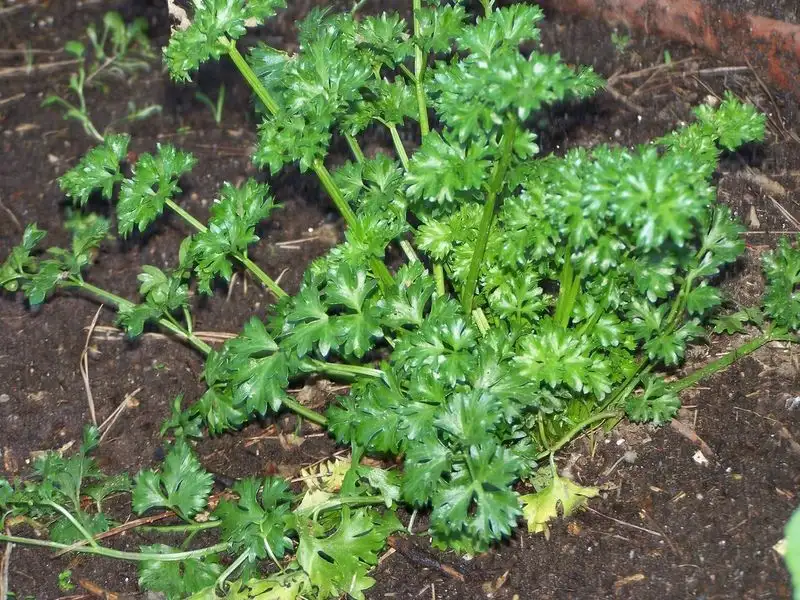
Parsley often plays the unsung hero in many recipes, bringing a fresh, crisp flavor. It’s surprisingly forgiving, tolerating partial shade and less-than-ideal soil conditions. This biennial herb is as content in a pot as in the ground, offering versatility.
Historically, parsley was used to ward off evil spirits in ancient Greece. Today, it’s beloved for its ability to blend into dishes or stand alone as a flavorful garnish. With minimal care, parsley rewards you with continuous growth.
Tarragon
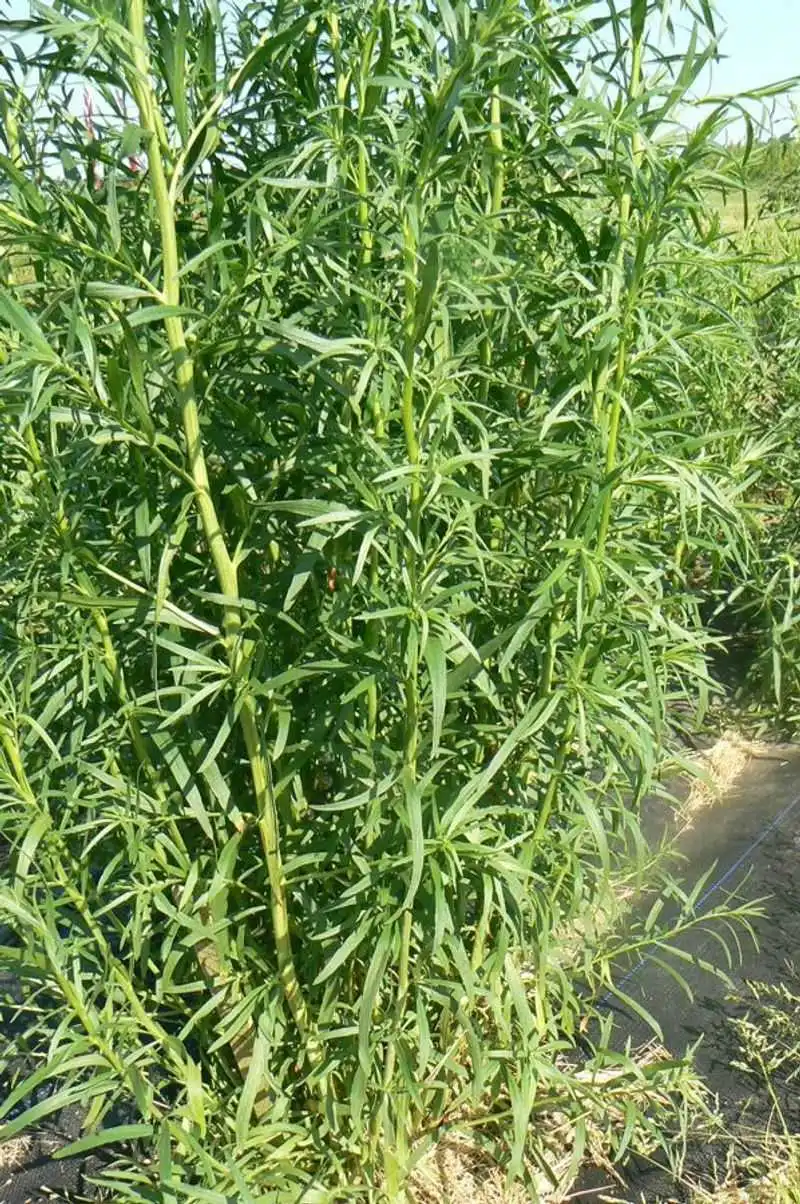
Tarragon, with its subtle anise flavor, is a chef’s secret weapon. It thrives on neglect, preferring dry, sunny spots and requiring little watering. Its aromatic leaves add complexity to sauces, dressings, and marinades.
This herb’s origins trace back to Siberia, where it was prized for its medicinal uses. Today, it’s a staple in French cuisine, celebrated for its unique taste. Tarragon invites you to explore culinary creativity with ease.
Dill
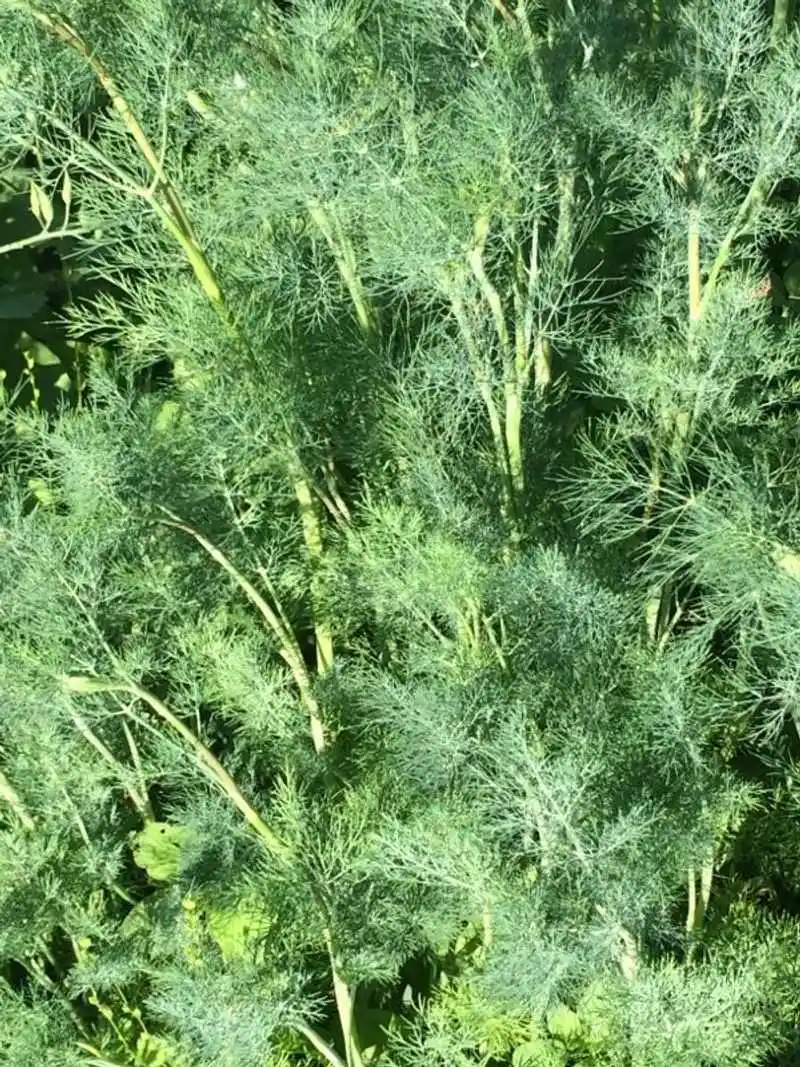
Dill’s delicate fronds are as versatile as they are easy to grow. This annual herb prospers in sunlit spaces, needing regular watering only during dry spells. Its tangy flavor is delightful in pickles, salads, and seafood dishes.
In ancient times, dill was used to ward off witches and was a symbol of luck and protection. Its lacy foliage adds a whimsical touch to gardens, while its culinary uses are vast and varied.
Bay Laurel
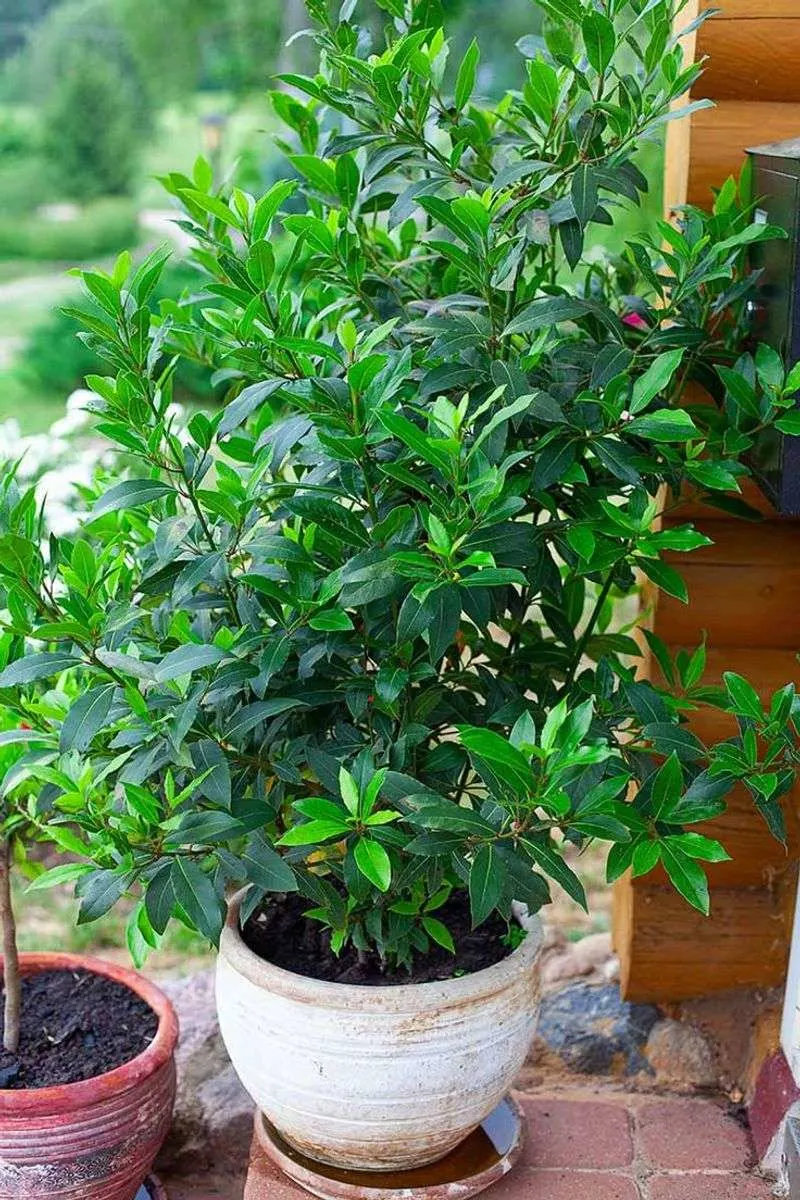
Bay laurel’s glossy leaves are a cornerstone in hearty soups and stews, infusing dishes with a subtle aromatic essence. This evergreen shrub is content in both pots and garden beds, requiring minimal care and preferring sunny locations.
Historically, bay leaves symbolized victory and peace, often used to fashion laurel crowns. Its enduring presence in gardens speaks to its resilience and culinary value, a must-have for any herb enthusiast.
Marjoram
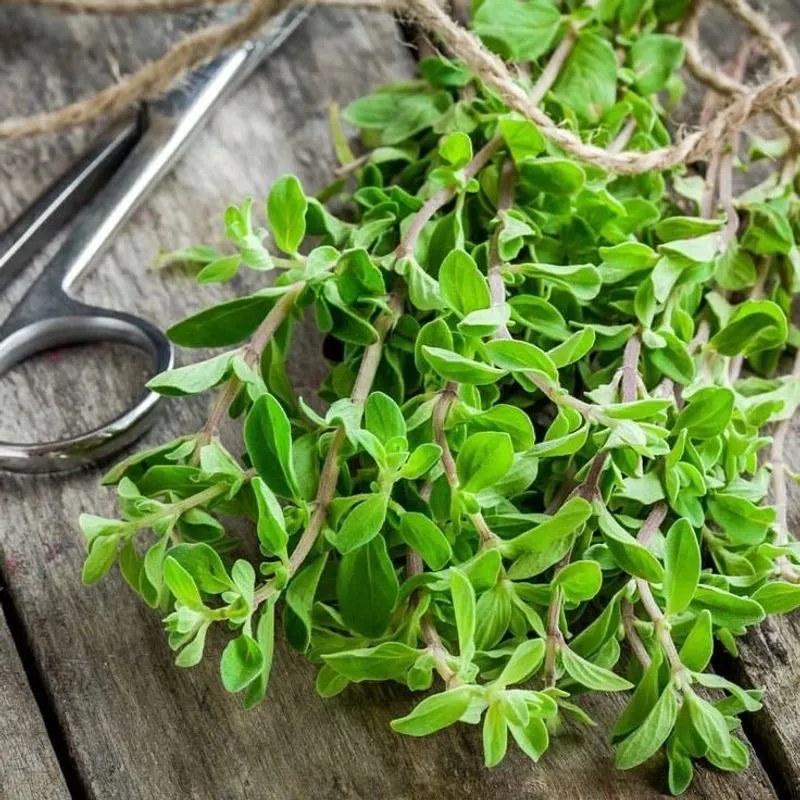
Marjoram’s sweet, citrusy flavor is a delightful surprise in many dishes. Thriving in sunny, well-drained soils, it’s a forgiving herb that demands little attention. Its small, oval leaves enhance salads, soups, and sauces with a gentle touch.
In ancient times, marjoram was believed to bring happiness, often used in wedding ceremonies. Today, it continues to bring joy in the kitchen, offering a subtle yet memorable taste.
Basil
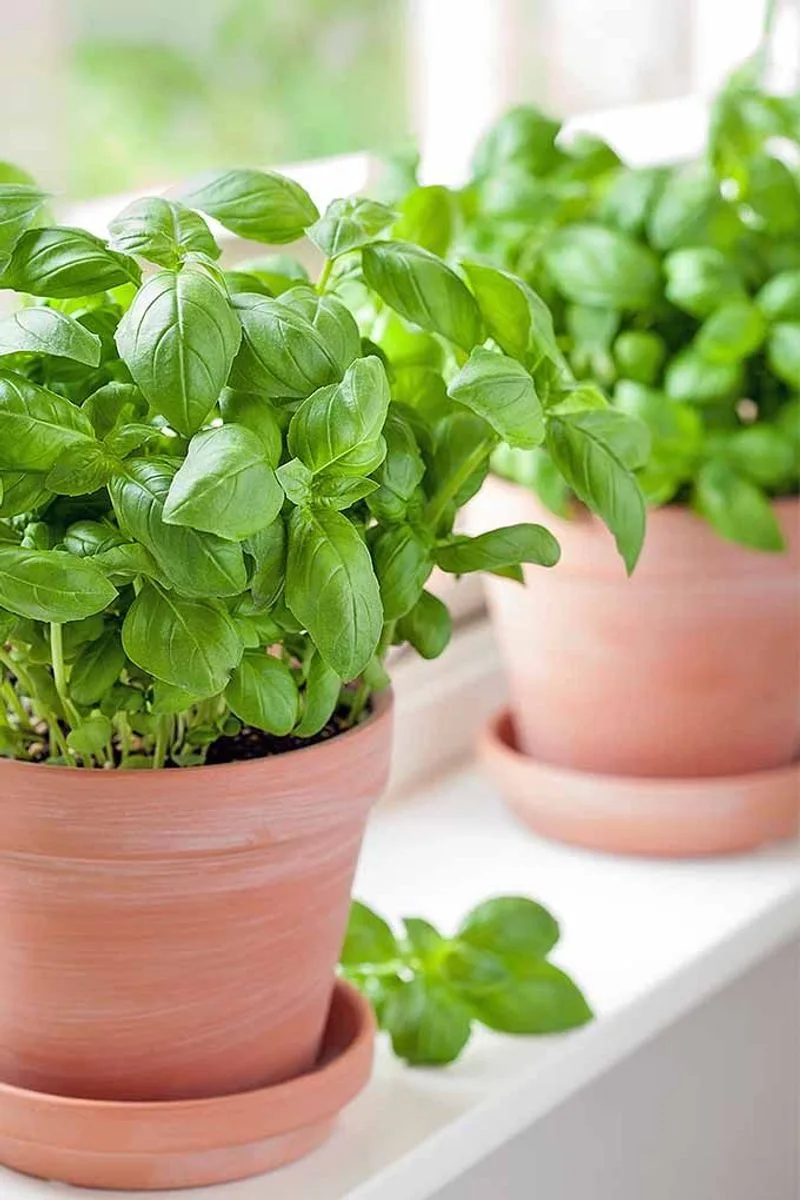
Basil’s bold aroma and flavor make it a favorite in Italian cuisine. This annual herb enjoys sunny days and regular watering, yet it’s forgiving when neglected briefly. Its large, fragrant leaves are a staple in pesto and salads.
Basil is often associated with love and good fortune, historically revered in various cultures. Its presence in the garden is both practical and symbolic, enhancing dishes with its unmistakable scent and taste.
Cilantro
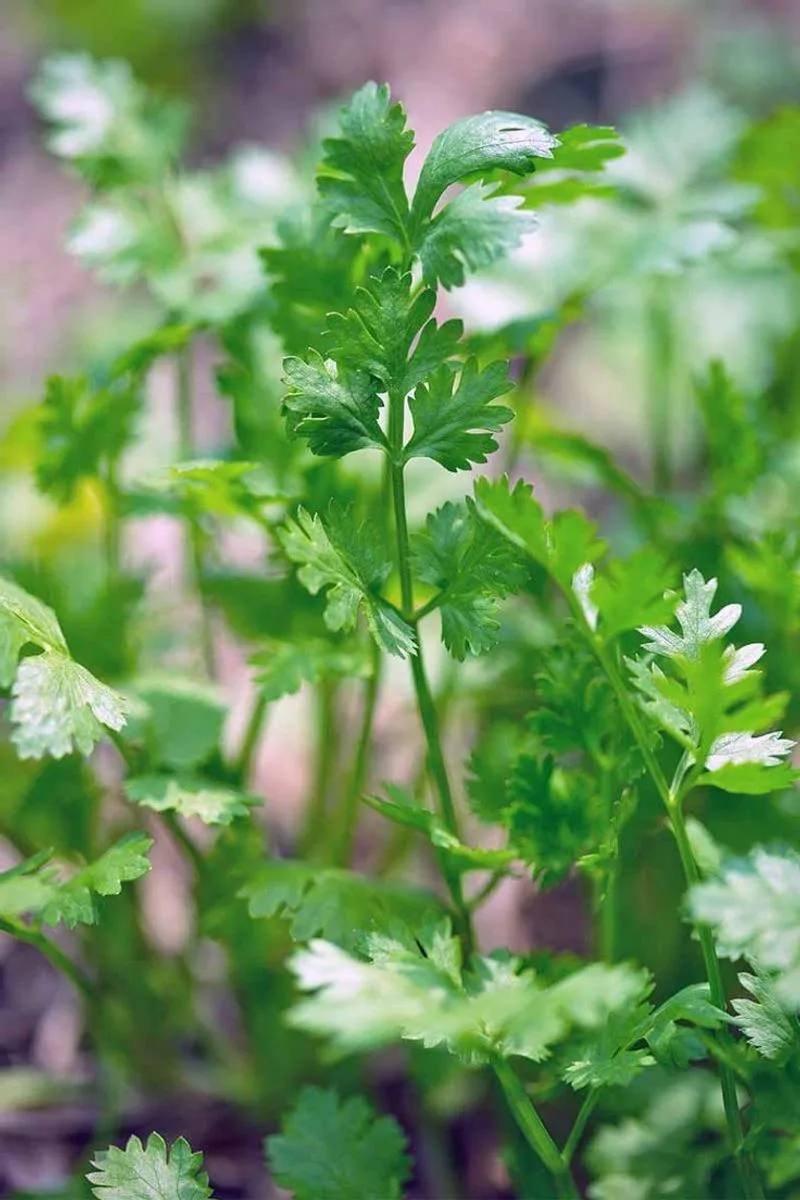
Cilantro brings a burst of freshness to salsas and curries, thriving even with minimal care. This annual herb is best sown directly in the garden, enjoying full sun and well-drained soil. Its vibrant, feathery leaves are a culinary staple worldwide.
While some appreciate its bright flavor, others find it soapy due to genetic variations in taste perception. Regardless, cilantro’s adaptability in the garden makes it a worthwhile addition for adventurous cooks.
Lemon Balm
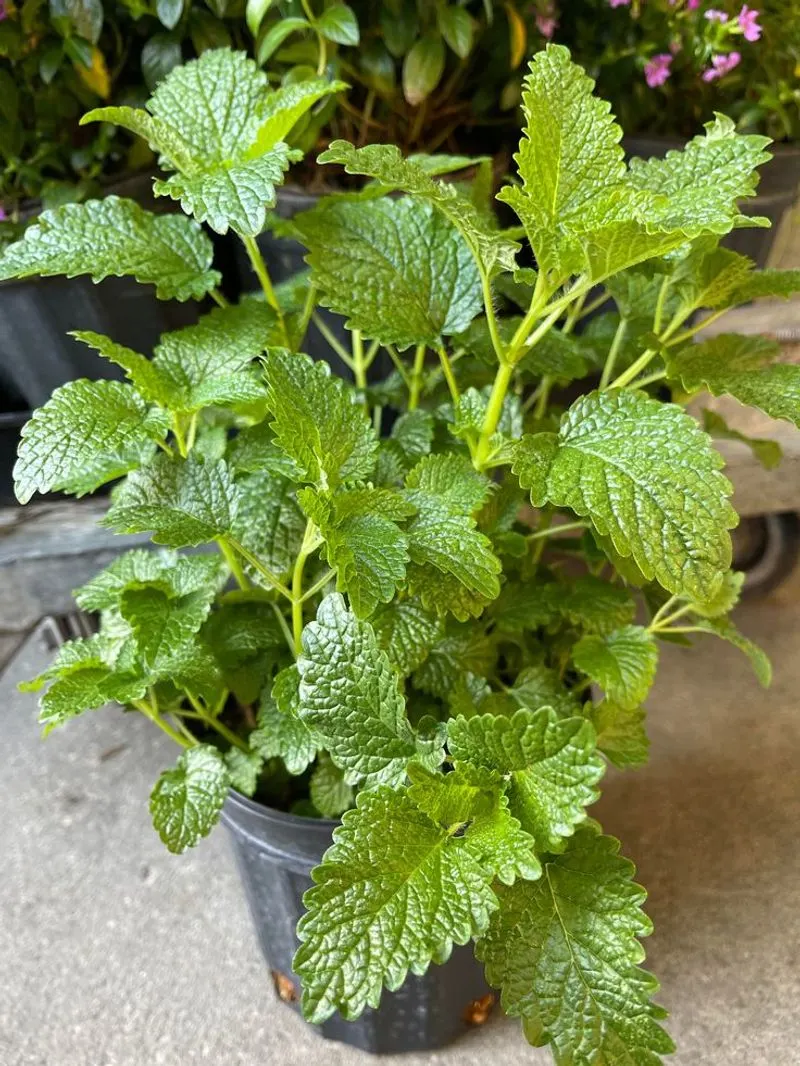
Lemon balm’s citrusy scent is a natural mood enhancer. Thriving in both full sun and partial shade, it’s a forgiving herb that grows well with minimal fuss. Its heart-shaped leaves are perfect for teas and salads, offering a refreshing twist.
Dating back to the Middle Ages, lemon balm was used to reduce stress and promote sleep. Today, it continues to charm gardeners with its soothing aroma and versatility.

